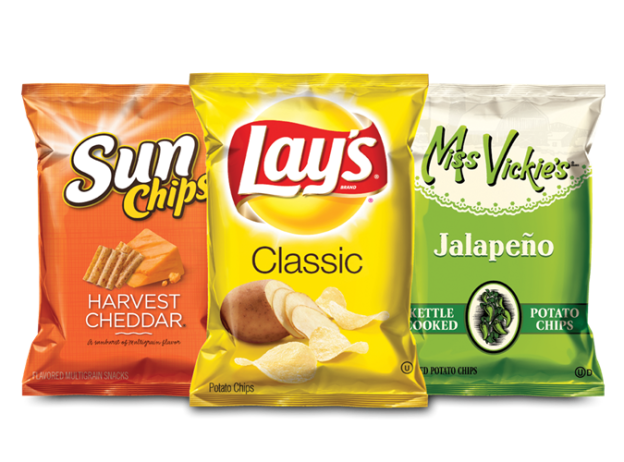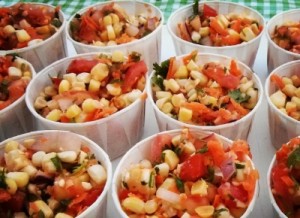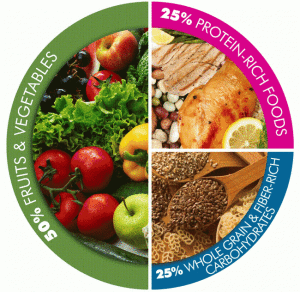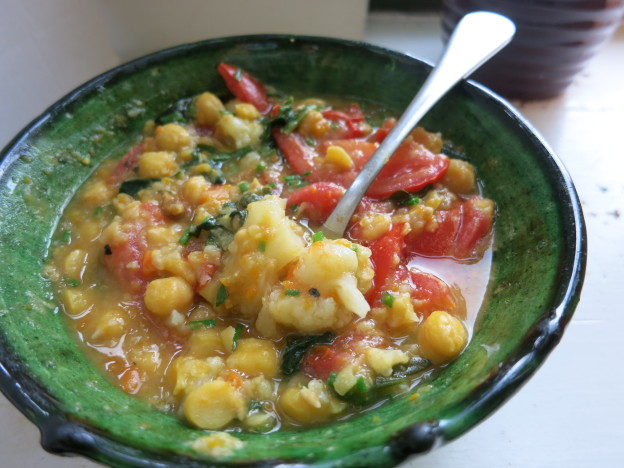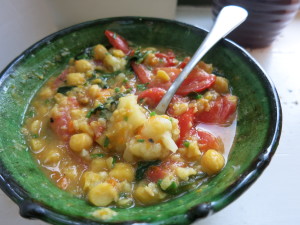Do you ever wonder why you love eating crunchy foods? I love crunch. LIke, really really love it. I hadn’t thought too much about it (I assumed it was the salt) until a few days ago. I happen to be reading an amazing book called Gulp, by Mary Roach. She is one of my favorite authors. Somehow she manages to take really taboo subjects and make them accessible and hysterical. Gulp is all about digestion. Another favorite of mine is Stiff, which is all about what happens to our bodies when we die. Sounds morbid, but it’s so so informative, interesting and funny!
 Anyway, back to crunch. According to Roach and the experts she interviews, there are a few reasons we like crunchy foods. One reason is that humans have a penchant for destroying things. Think about video games, going to the gym, boxing, popping bubble wrap (thanks, Alex), or any of the other things we do to “let off steam”. When we eat crunchy food, we are getting sensory feedback that we are destroying something, from the sound of the food breaking into pieces, to the feeling of the pieces in our mouth. Way to go! Who needs violent video games when you can eat crunchy food!
Anyway, back to crunch. According to Roach and the experts she interviews, there are a few reasons we like crunchy foods. One reason is that humans have a penchant for destroying things. Think about video games, going to the gym, boxing, popping bubble wrap (thanks, Alex), or any of the other things we do to “let off steam”. When we eat crunchy food, we are getting sensory feedback that we are destroying something, from the sound of the food breaking into pieces, to the feeling of the pieces in our mouth. Way to go! Who needs violent video games when you can eat crunchy food!
But, even more importantly (to me, and maybe you if you’re reading this because you’re into health), we have evolved to prefer foods with a crunch. In nature, we can tell if a food is fresh by its firmness. What a carrot is just picked, it’s full of nutrients and has the most nutritional value it ever will. At that point, it will be crunchy because it’s cell walls are all intact and full of water. As the carrot gets older, some of the cell walls break down, leaving the carrot limper and limper. In this case, there is no longer a nice crunch. This is the case with many vegetables. So, pre-nutrition label times, our wonderfully smart bodies evolved to prefer crunch as a sign of maximum nutrition.
Fast forward a whole bunch of years and in comes processed food. Now our bodies are confused! We’re wired to love crunch, and now there is more crunch available than ever before, all in shiny bags! What do we do!
Right, what do we do?
With all the crunch readily available, we’ve become desensitized. The crunch of a pepper or piece of celery is nothing like the crunch of a chip. It’s the same with sweetness! A fresh berry used to be one of the sweetest things we could get our hands on. The sweetness gave us the feedback that this berry was ripe, delicious and nutritious. Now, a ripe berry barely tastes sweet at all because of all the sugar we consume on a daily basis.
Well, now that we’re aware, we can start the process of re-sensitizing ourselves. What does it take? It takes looking at the foods in our diet and refocusing on the things that are actually good for us. Take note of your cravings. When you’re craving something crunchy are you looking for stress relief? Is your body craving nourishment? Instead of reaching for a bag of chips, try reaching for a fresh carrot or pepper. At first it may not satisfy you, but over time, your body and taste buds will recalibrate. Then, the crunch of a pepper will by music to your ears, and berries will be lusciously sweet again.

